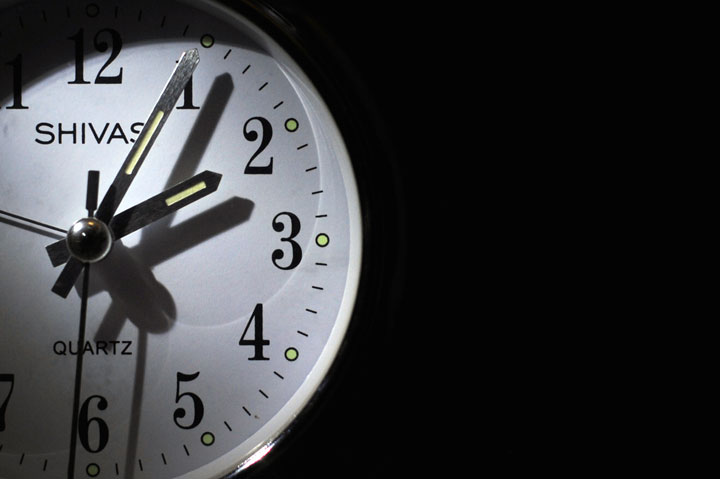TORONTO – In July 2012, a computer bug wreaked havoc on several computer systems around the world, including popular sites like Reddit, Gawker and LinkedIn. Even worse, the bug took down Amadeus Altea, a large airline reservation system, causing delays for hundreds of passengers.

What caused all this? A leap second.
What is a leap second, you ask? It’s an adjustment made by the International Earth Rotation and Reference Systems Service (IERS) in order to keep atomic clocks in line with the Earth’s speed of rotation.
The first leap second was added in 1972, but thanks to Earth’s ever-changing rotation – which can be affected by earthquakes, tidal drag and even the weather – there has since been 26 leap second adjustments, the most recent being 2012.
According to the IERS, a leap second will need to be added in 2015.
That means, on June 30 at precisely 23:59:59 the world’s atomic clocks will pause for a single second to account for the Earth’s rotation.
But some are worried that this could cause problems for some of the world’s computer systems, just as it did in 2012.
Many computers use a service called “Network Time Protocol” (NTP), which checks the computer’s clock against a more accurate service that may be connected to an external source of time, like an atomic clock.
According to reports, many of the services that experienced outages during the 2012 leap second were a result of computer systems not being able to recognize two of the same seconds in a row.
READ MORE: Time to say goodbye to the leap second? Countries mull ending atomic clock sync with Earth day
Similarly, in 2009, the leap second took down database giant Oracle’s software and caused thousands of Microsoft Zune MP3 players to crash.
Even tech giant Google noticed a problem with its servers after the leap second was applied in 2005.
“Computers traditionally accommodate leap seconds by setting their clock backwards by one second at the very end of the day. But this “repeated” second can be a problem,” read a Google blog on the topic.
“For example, what happens to write operations that happen during that second? Does email that comes in during that second get stored correctly?”
Google was able to come up with a solution to its problem.
The tech giant uses a technique called a “leap smear,” which involves gradually adding a bunch of milliseconds to the clock before the leap second takes place. This tricks the computer into thinking the time shift is spread over a day, instead of pausing the clock.
Linux creator Linus Torvalds believes the leap second will have a much smaller impact on online services this time around, thanks to the amount of patches that were deployed following the 2012 leap second.
“Last time it happened, people spent some effort making sure it was fine afterwards. Hopefully that all stuck,” Torvalds said in an interview with Wired.
“That said, the reason problems happen in this space is because it’s obviously rare and special, and testing for it in one circumstance then might miss some other situation. So I’d certainly expect a few people to worry.”




Comments